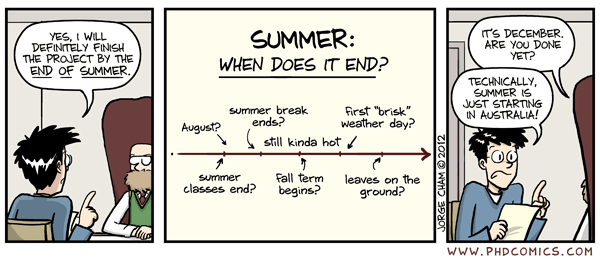It’s how it goes, though, isn’t it? Life hits a busy patch and before you know it, months have gone by. I wish I could say that I’ve been on holiday all this time (mind you, I’ve had a few excursions; I particularly enjoyed Morocco), but I’ve mostly been busy with work. After August, my schedule mostly filled up with development work on Community Maps for Mapping for Change and ExCiteS. I also had great opportunities teaching for CEGE and the DPU, and the privilege to manage junior staff to help out on tasks for GISRUK where I got to see some cutting edge research with great representation from academia and industry alike; you can check out my blog post on the conference on the ExCiteS Blog.
Beyond that, however, there’s been some new direction in my own research. As I am based out of the Department of Civil, Environmental, and Geomatic Engineering, GIS is still very much a part of my work; being a part of ExCiteS, Interdisciplinary Research is still core as well; however, through my research, a resounding them that kept coming up was Education. Being given a GIS and asked to use it without any instruction could be likened to that of being given a car and being asked to drive. Sure, you could figure it out, hopefully with as few scrapes as possible, but the frustration of using it may outweigh your continued desire to want to use it. GIS can be an important tool for research, and I’ve seen social scientists involved in interdisciplinary research projects want to use it, in principal… but, after three or four attempts of trying to understand it, they’d just rather have someone else do it – the “map person”. As part of having that, they experience a disconnect with the data an the processes that are involved, which leaves them with an unrealistic understanding of what really goes into the analyses; this can ultimately lead to negative outcomes, not only for the person, but the team as well.
All it could’ve taken to move past that frustration was a little help – bespoke instruction and education on how to use the GIS, BUT taught through the eyes of their discipline, not the “map person’s”. And so, this is where I’m currently at, and the challenge I am facing: how do I learn to teach people in Interdisciplinary Research how to use GIS?
